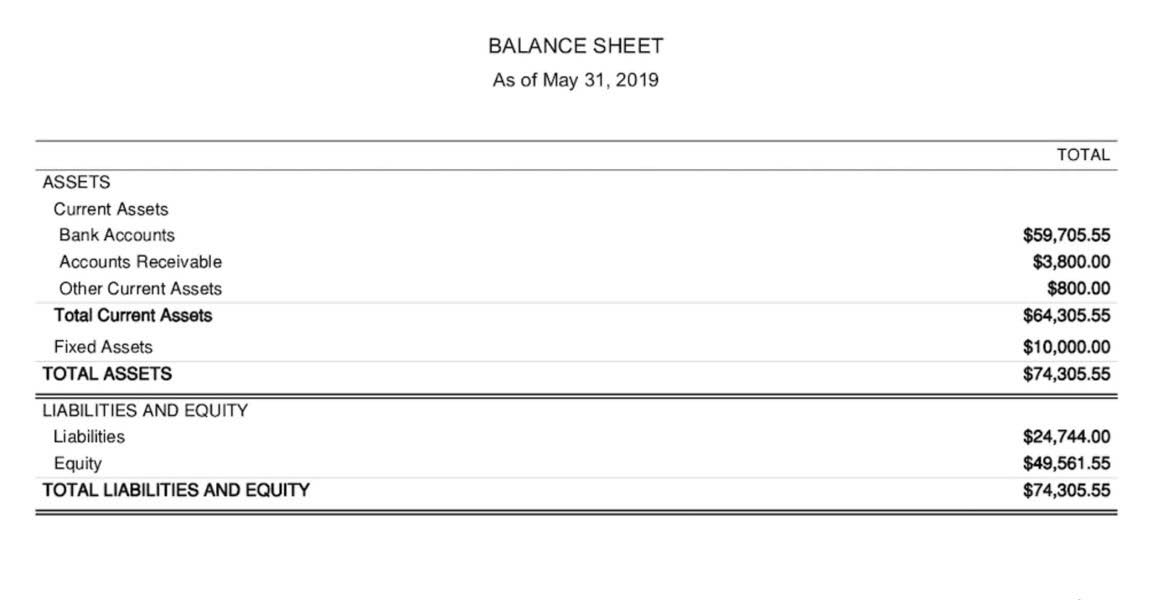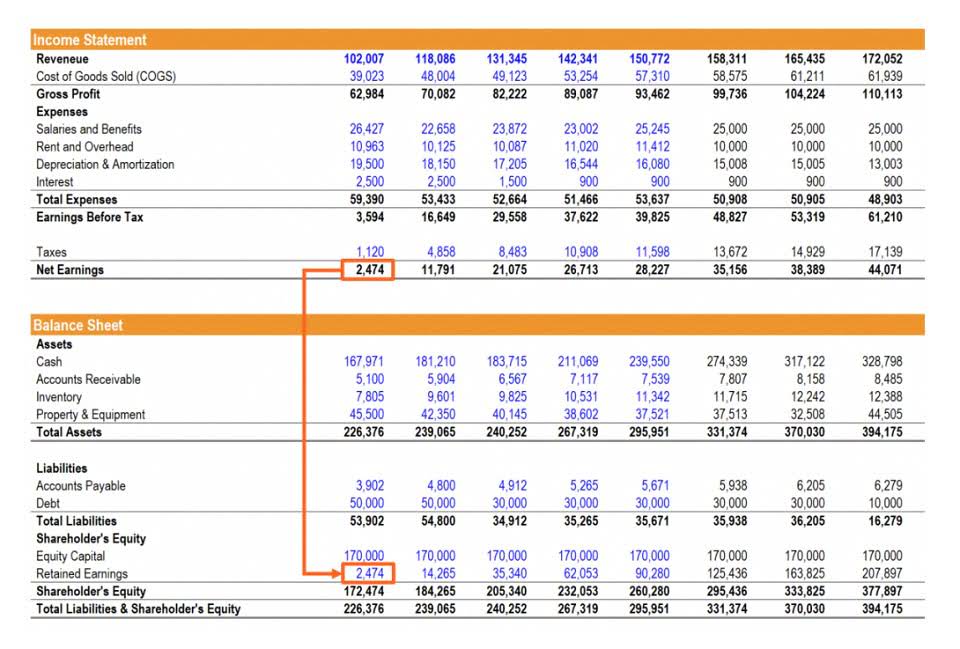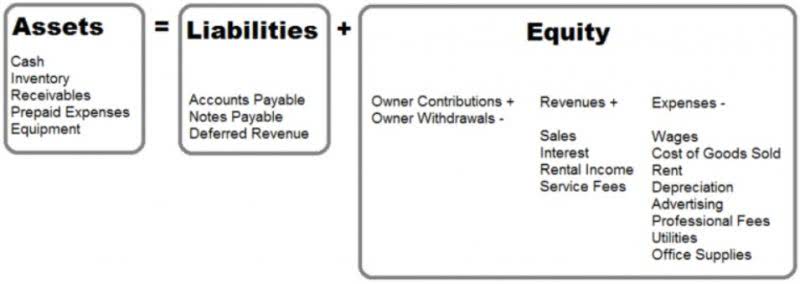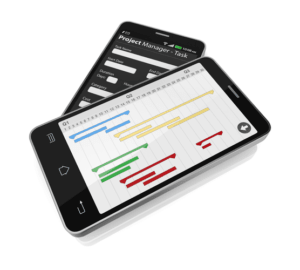
Both of those things depend on how much time and money you spend on furnishing and maintaining your Airbnb property. On average, hosts in the United States make more than $13,800 per year, according to Airbnb, but those numbers vary. Some hosts buy or lease a number of apartments or homes and rent them out full time. We believe everyone should be able to make financial decisions with confidence. For instance, if you need to improve the curb appeal of your property, the costs might be steep – depending on what areas are being refurbished, or upgraded.

FreshBooks: Best Easy-to-Use Accounting Software
Property Matrix has numerous accounting features that are perfect for vacation rental hosts. These include online payments, check scanning, check printing, separate sets of books, line items, automation, owner statements, transaction history, custom reports, and so much more. Pricing begins at $400 per month, with the most popular plan costing $475/month and the most advanced plan costing $1200/month. So many people raise red flags on tax returns because their financial accounting for Airbnb income is based solely on payouts received. You must also report your gross earnings (completed payouts) and allowable expenses. Many folks run into trouble with their tax returns because they’re only looking at the money that hits their bank account.
How much does accounting software cost?

You need someone who can answer your questions promptly and keep you updated on any changes in tax laws or financial strategies. Not all accountants are the same, and it’s important to find one who understands the short-term rental industry. Here are some key things to consider when looking for an accountant or short-term rental CPA. FDIC insurance is available for funds on deposit through Thread Bank, Member FDIC. The Baselane Visa Debit Card is issued by Thread Bank, pursuant to a license from Visa U.S.A. Inc. and may be used everywhere Visa is accepted.
How is Airbnb income calculated?

Add an Airbnb accounting payout method for a bank account just for your rental properties. Using separate bank accounts makes it easier to record bank transactions and calculate expenses for rental airbnb accountant and personal use. Whether you’re an enterprising Airbnb host managing short-term rentals or an independent contractor navigating the world of self-employment, our CPAs are here to help.
- Understanding their experience with Airbnb hosts will give you confidence in their ability to handle your specific needs.
- Nonetheless, for hosts just starting an Airbnb business or those operating on a tight budget, Wave offers excellent value for money.
- Guest service fees usually fall around 14% of the booking subtotal.
- Vacation rental owners may want to consider hiring an accountant to take care of the business’s finances.
- From calendar year 2023 moving forward, Airbnb will send a 1099-K form to hosts who make $600 or more in aggregate over the course of the year.
- In the case of short-term rentals, this answer is hard to define (like always) but fairly easy to outline.
- It automates tasks like income and expense tracking, tax calculations, and financial reporting.
- In certain situations, a loss can be deducted from future rental income.
- In all my years of filing taxes, never have I experienced a more personable, understanding, compassionate and professional group of people.
- The amazing thing about Stessa is that it’s 100% free and allows users to run unlimited monthly reports on their properties, making it a contender for the best accounting software for Airbnb.
Xero is unbeatable when it comes to enabling data-driven decisions for your Airbnb business. With its advanced business analytics tools, Xero not only helps you manage your finances but also generate insights that can help optimize your business performance. Rental properties have always been https://www.bookstime.com/ a leading method of generating revenue. These questions, along with many more, have been asked by our clients, which caused us to focus on providing superior quality to Airbnb hosts. Conduct interviews with multiple candidates to assess their experience, knowledge, and communication skills.
An accountant helps you set up a system to make these payments on time, ensuring you stay on the good side of the IRS. You must pay taxes on your Airbnb income if you rent your main residence (house or apartment) for more than 14 days during the year. This includes any money you receive for using the investment property and related services, like cleaning fees and maintenance. Rental income to report on your taxes will be your “gross earnings.” This amount is calculated based on payouts before any fees or refunds are taken out.
I started using Airbnb to rent out an extra room in my house last year and had no idea that I needed to save money for taxes when April 15th came around the corner. Luckily, I came to the Shared Economy CPA and was able to deduct more than I had anticipated and was able to save a ton of money. I would highly recommend Derek’s services to anyone who is looking to save money on their taxes and wants high-quality, professional services. You should track money spent on cleaning supplies, cleaning services, furniture repairs, property repairs.
Best Short-term Rental Management Software
Personal referrals are often the best way to find reliable professionals. Online forums and host communities can also be valuable resources. With a professional handling your finances, you can enjoy peace of mind, knowing that everything is in order. In this guide, we’ll explore how hiring an Airbnb accountant can make your life easier. We’ll cover what these professionals can help with, how to find the right one and tips for maintaining a healthy financial status. 3Cash back is credited once per month for all rewards above 1% and credited to your account with a maximum of $2,000 annual spend per calendar year.







